(First upload on May 11 2008. Last on July 30 2021) [ 日本語 | English ]
Mount Usu / Sarobetsu post-mined peatland
From left: Crater basin in 1986 and 2006. Cottongrass / Daylily
HOME > Plant list (植物リスト) > Betulaceae (カバノキ科) > Betula platyphylla
Betula L. (カバノキ)B. platyphylla Sukatchev (コウアンシラカンバ, s.l.)Lifeform: large, deciduous treeSeed dispersal: producing long-distance wind dispersal seeds var. japonica (Miq.) Hara Shirakamba (シラカンバ, 白樺, s.l.), Japanese white birch Distribution of species: East Asia (northern China, Japan, Korea and Siberia) Succession: pioneer tree after wildfire, volcanic eruption and deforestation ⇒ flora on Mount Koma, Flora on Mount Usu Pollen allergy (花粉症): a major cause of allergies, in particular, in Hokkaido. The patients often develop apple pollen allergy |
Synonyms
Betula pendula Roth var. japonica (Miq.) Rehder var. kamtschatica (Regel) Hara (エゾノシラカンバ) var. pluricostata (Koidz.) Tatewaki (エゾノオオシラカンバ) var. platyphylla (コウアンシラカンバ) Aromatherapy:
moist and dry, quick absorption |
[ Species | Hokkaido | Siberia | Morphology ]
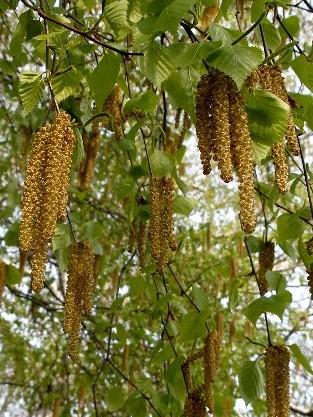 1
1
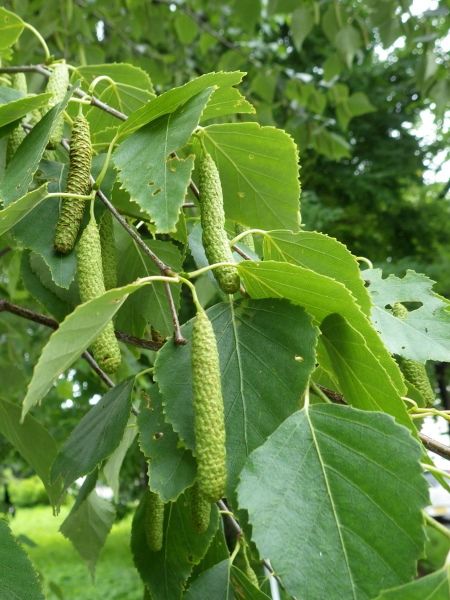 2
2
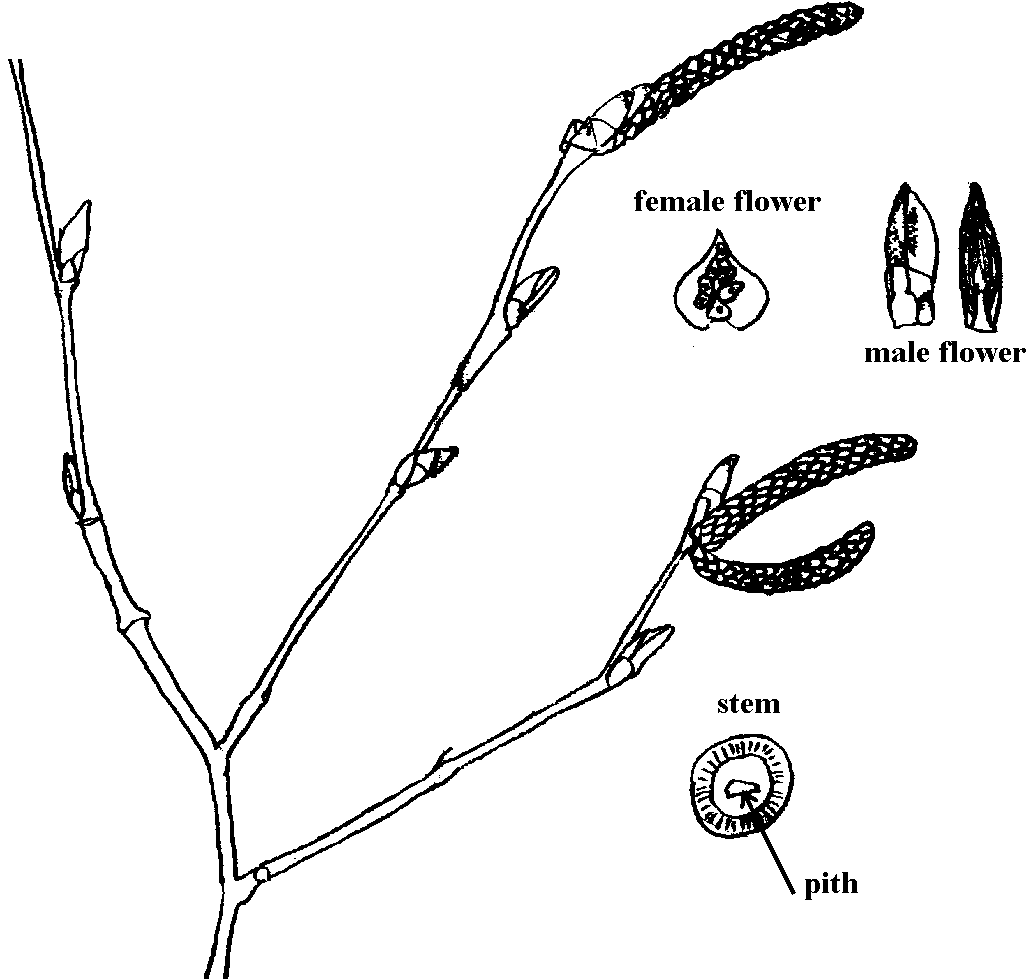 3
3
 4
4
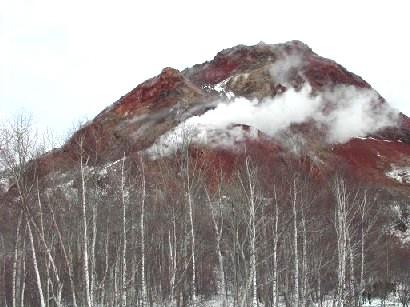 5
5
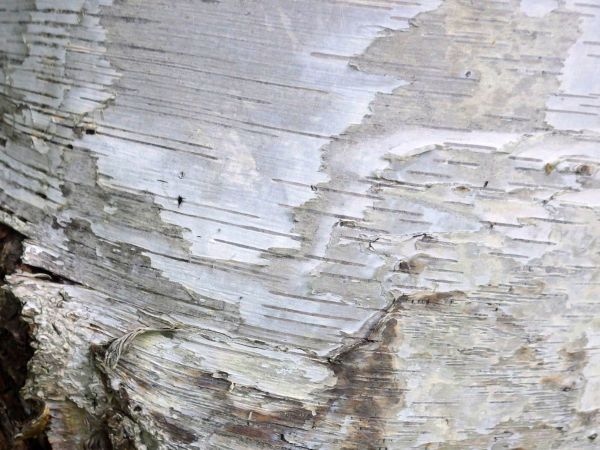 6
6
[1] male inflorescences on May 22, 2008, in Hokkaido University Campus. [2/6] in a park, N27/W3, East Ward, Sapporo, on July 9 2016 when a summer festival for kids were held → bark (樹皮). [3] a shoot collecred from the Hokkaido University Campus on November 11 1983. [4] a leaf (in front of O-taki Seminar House on September 8 2009). [5] a forest on the foot om Mount Showa-Shinzan was dominated by Betula platyphylla var. japonica and Populus maximowiczii. On December 18 2004, by Uraguhi A.
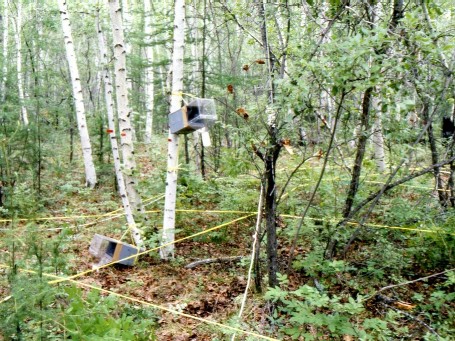 5
5
 6
6
[5/6] at Spaskaya Pad, Sakha Republic, on July 5 1995. The dominant tree species in the forests were Larix gmelinii (or Larix cajanderi, recently separated from L. gmelinii) and Betula platyphylla.
|
Oshu-shirakanba (オウシュウシラカンバ, 欧州白樺), silver birch, warty birch, European white birch, or East Asian white birch |
Shidare-shirakanba (シダレシラカンバ, 枝垂白樺) |
Distribution: Europe - Asia Habitat: sun tree forest (as a pioneer tree) |
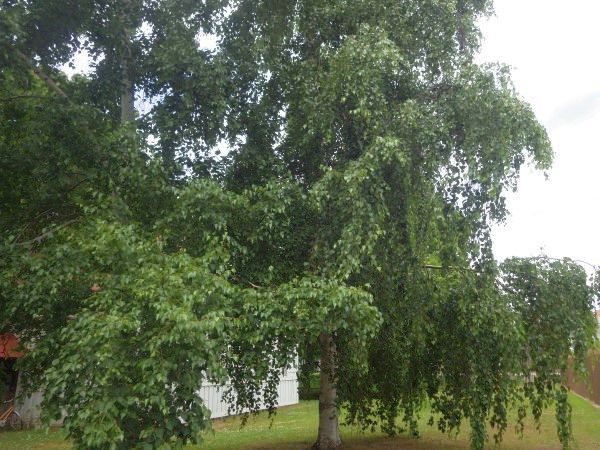 1
1
 2
2
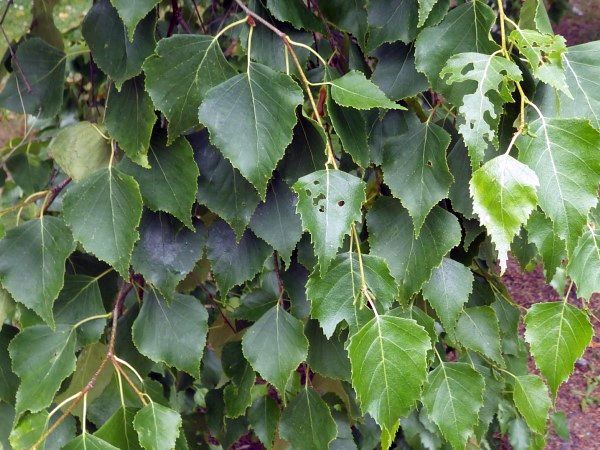 3
3
[1-3] in the Model Burns of Hokkaido University on July 2 2021. The board indicates it is B. platyphyllaasi_a>,